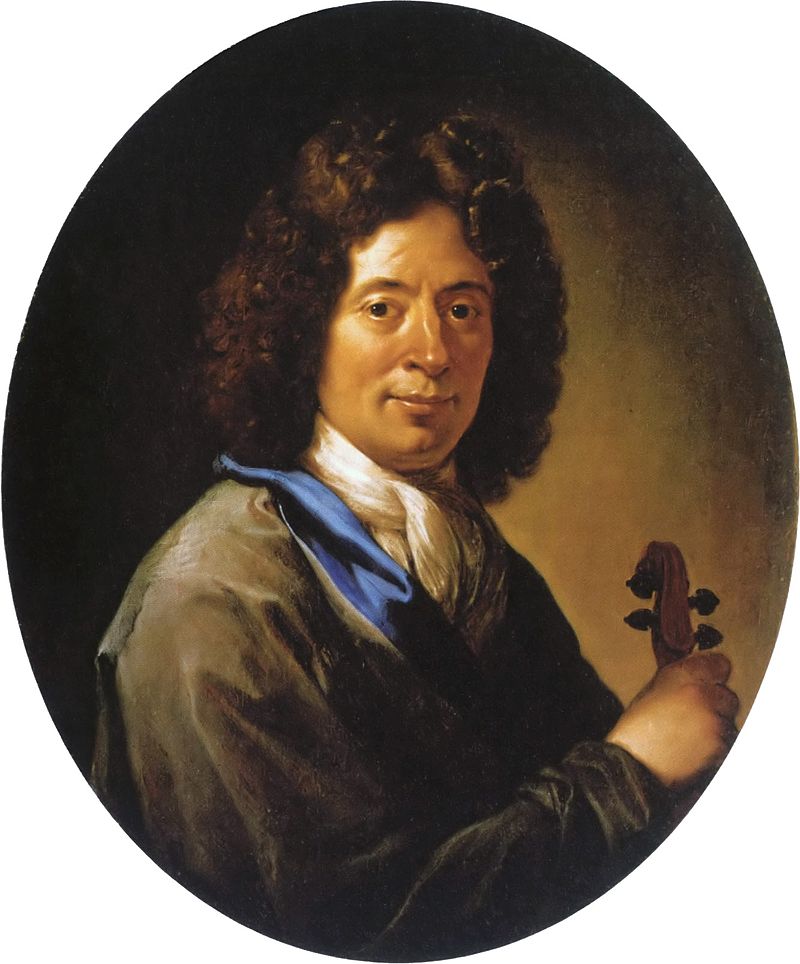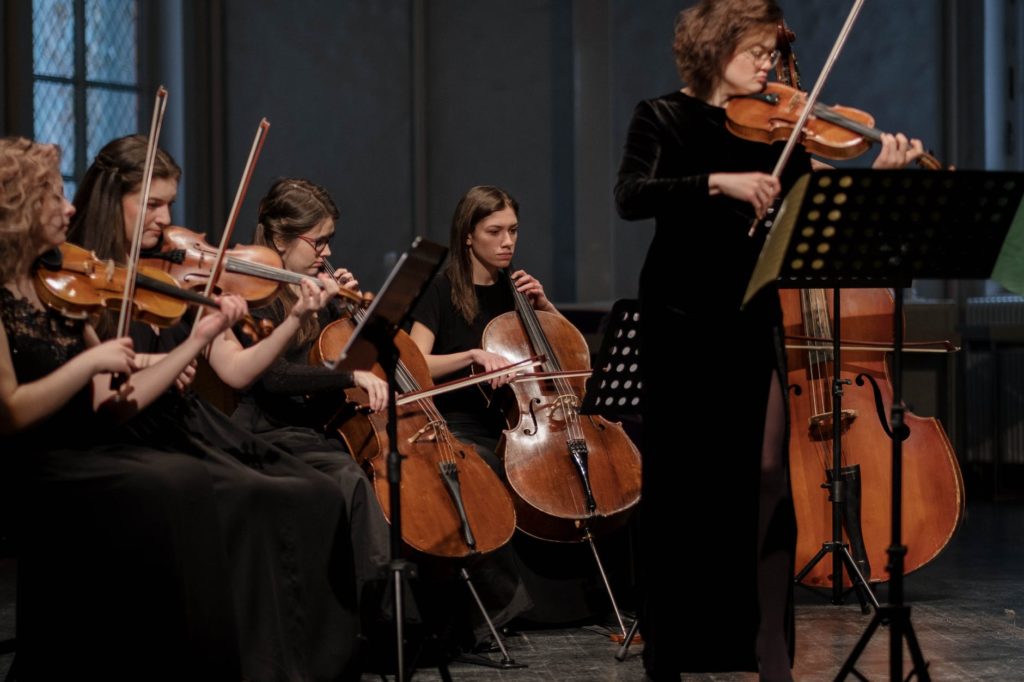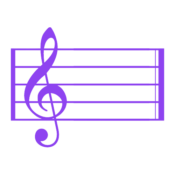Table of Contents
Introduction
In this article I would like to talk to you in the most concise and practical way possible about the figure of Arcangelo Corelli. I will try to go straight to the point of the central issues in the author’s life and production, leaving out the dates and “catalog” notions that you could find anywhere online and offline.

Corelli’s Baroque Rome
Corelli, born on February 17, 1653, is inextricably linked to the shining image of Baroque Rome. We pianists know him a little less, we figure him as a secondary character in the History of Music: in reality he was the father of the Italian violin school, which had profound influences all over the world. In other words, if today violinists play as they play, it is also thanks to Arcangelo Corelli.

The Orchestra At The Time Of Corelli
The violin was an essential instrument for the Baroque musical current. In the orchestra of the time, we are talking about the early eighteenth century, the following instruments were provided:
| Type | Number |
| Violins | 6 |
| Violets | 3 |
| Cellos | 2 |
| Double basses | 1 |
| Harpsichord | 1 |
| Timpani | Variable |
| Winds (Oboe, Oboe d’Amore, Bassoon, Horn, Trumpet etc.) | Variable |

On this type of staff, mainly focused on the strings of which the violin represents the center, will be based a lot of Baroque production. The so-called Concerto Grosso will develop precisely in the wake of the characteristics of this staff. It is no coincidence that when we listen to the Concerto Grosso Opus 6 number 1 by Arcangelo Corelli we feel that the central role is entrusted to the strings: it was not only an individual choice of the author, but also an orchestral legacy of his time.
The Concerto Grosso Op. 6 N. 1
Concertino VS Riempimento
The main feature of the Concerto is to have a part of soloists, called concertino, and a part indicated very often in the score with the term all called riempimento. The subdivision is in times, in particular we find the alternation of slow times to fast times. In the Concerto Grosso Op. 6 N. 1 we find an opening marked Largo with the next Allegro, which attacks quickly and brilliantly with a concertino to which the filling joins after a few measures.


The adage that begins above lasts only two bars, then attacks the initial Allegro again. On the next Largo you could easily dance: the writing lends itself very well to a chamber interpretation, because it presents motifs that are repeated frequently and have ample points of support and rest that allow a hypothetical dancer to prepare for the next step.

The concertino, the one on the three upper lines of the example of the previous paragraph, guides the composition and deals with those virtuosic fireworks , to use a metaphor, so appreciated in the Baroque period. In the twentieth century, this game between Concertino and Tutti, the continuous reference of thematic echoes and cascading responses between the parts, will inspire the composers of the twentieth century to rediscover the form of the Concerto Grosso that will take on new life in the concert designed for the new, greatest orchestras of the last century: the concerto for orchestra.

The Works Of Arcangelo Corelli
But Corelli did not only write Concerti Grossi: his work includes some of the most important violin collections in the history of music. Below you will find a score of the twelve sonatas for violin and bass, a work that every violinist should have in his library. If you buy the paper score from the banner below, a small part of your purchase will go to support this blog. Many of these collections put violinists in difficulty, think for example of opus 5, markedly virtuosic. This is his catalog in summary, wanting to include also the church sonatas and chamber sonatas:
| Sonatas a tre da Chiesa | Op. 1 (1681) and Op. 3 (1689) |
| Sonatas A tre Da Camera | Op. 2 (1685) and Op. 4 (1694) |
| Sonatas for violin and basso continuo | Op. 5 (1700) |
| Grossi Concerts | Op. 6 (1714, posthumously) |
Next to the Concerti Grossi we read “posthumously” because they were published a year after Corelli’s death, which took place in Rome on January 8, 1713, by the publisher Roger of Amsterdam. There are many parallels that could be found between the sonata on the theme of madness and the famous sarabanda by Haendel, inserted as the sound of the film Barry Lyndon by Stanley Kubrick.
Conclusions
In this article we have only touched on the greatness of the work of Arcangelo Corelli, an author on whom we will be able to return in more detail in the analysis of subsequent articles. Do not forget to follow us daily to stay updated on every news, we will see you in tomorrow’s article!
- History Of The Piano – The Fortepiano - July 12, 2022
- Curt Sachs – History Of Organology At a Glance - July 8, 2022
- Giuseppe Verdi – Rigoletto, Il Trovatore, La Traviata - June 29, 2022
